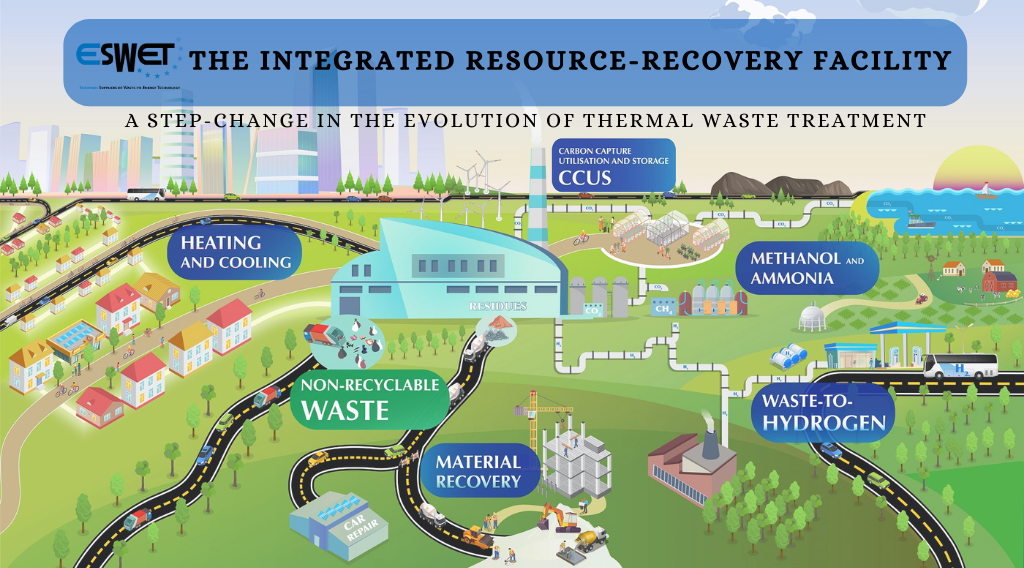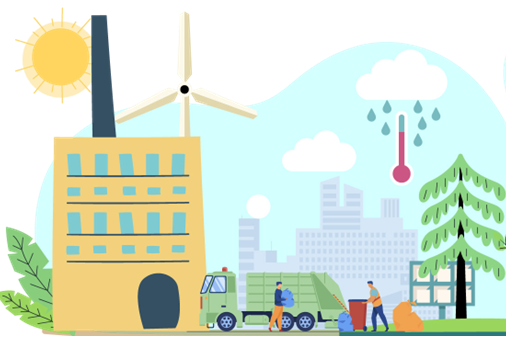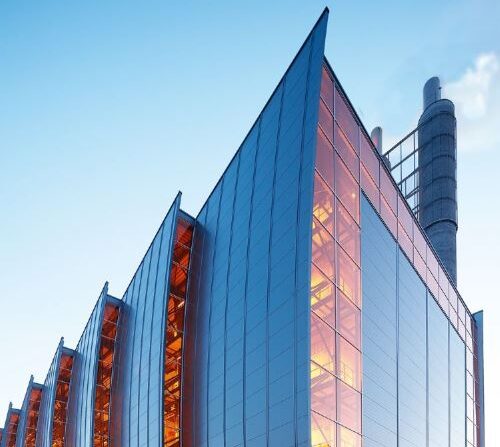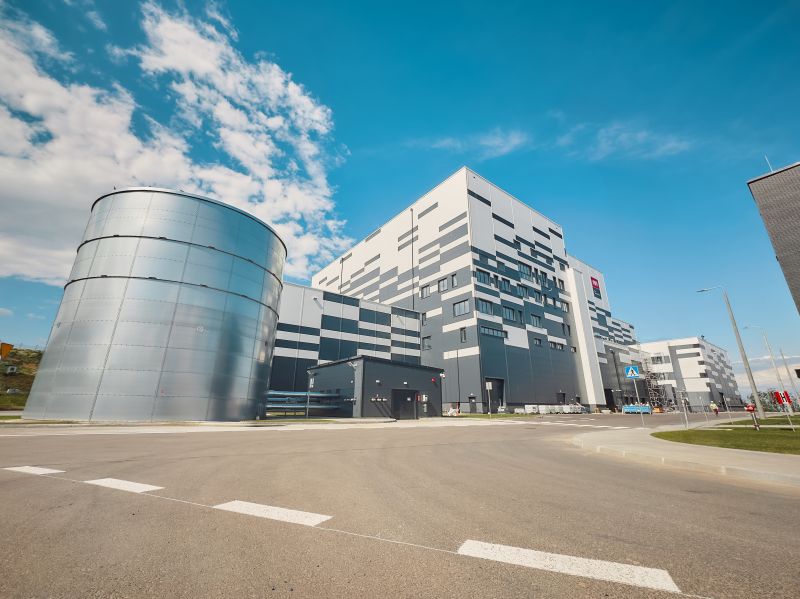Recovering the non-recyclable: the Integrated Resource-Recovery Facility
Complementary to waste prevention, re-use, and recycling, Waste-to-Energy currently represents the most sustainable solution to treat non-recyclable waste.

However, as waste generation continues to increase in Europe and globally, the sector is working on how to achieve its full potential. ESWET, as the voice of European suppliers, is proud to present its updated Vision for the future of Waste-to-Energy!
Recovering the non-recyclable: the Integrated Resource-Recovery Facility

The IRF represents a new model of plant and a step-change evolution in waste thermal treatment. Thanks to state-of-the-art European engineering, new and refurbished plants can now implement innovative technologies and, for instance, produce hydrogen or synthetic fuels, or capture their CO2 emissions. With those additions, the IRF can fully reach the decarbonisation potential of residual waste treatment, and closes the loop of the circular economy.
Other news

Why Waste-to-Energy Matters
24.06.2025Beauty is in the eye of the beholder, and Johan Böni gives the ol’ saying new meaning when he describes…

Carbon removal market opens new horizons for WtE sector
04.04.2025Waste-to-Energy (WtE) is joining the carbon removal market, in a major milestone for the sector. Hafslund Oslo Celsio, one of…

EU funding supports new WtE plant in Gdańsk
04.04.2025The European Commission co-financed the construction of a cutting-edge Waste-to-Energy (WtE) facility in Gdansk. Started in 2020, was inaugurated on…